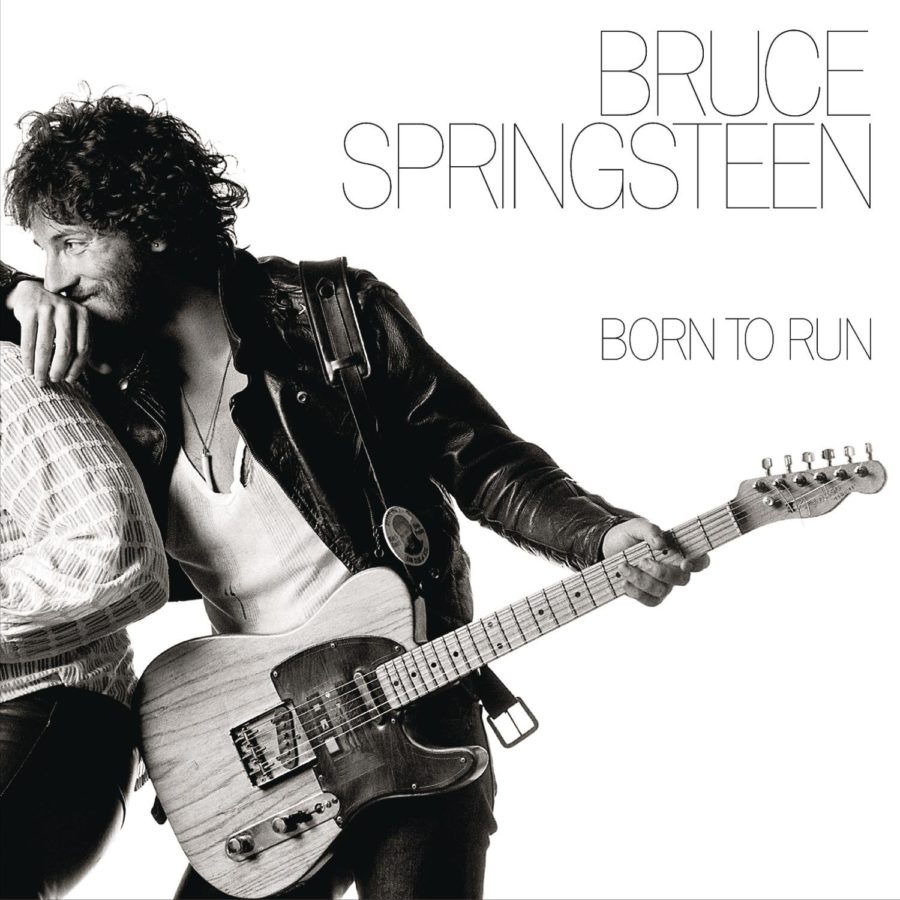After the birth of rock and roll around the early ‘40s, its popularity slowly grew until its inevitable explosion in the 1950s. The eventual spawn of pop giants like Elvis Presley and Buddy Holly put the United States, and the South in particular, at the forefront of the genre. But the late ‘50s and early ‘60s would see a quick decline for the new sound, following the death of Buddy Holly, the retirement of Little Richard, and Elvis’ departure for the military. It would then wait until the mid ‘60s to revive through Britain’s invasion via the Beatles, the Rolling Stones, and the Kinks, among others. Putting the United States back on the map in the pop-rock world would eventually come through a variety of solo artists, one of which was Bruce Springsteen.
Where artists like Elvis excelled at creating catchy tunes, and relying on a strong vocal ability, many others like Bob Dylan had a larger focus on lyricism and storytelling. But Bruce Springsteen would attempt to bring a mix of both. With a focus on working-class America, and his personal experiences growing up in New Jersey, songwriting was a lot of what pushed Springsteen, both personally, and as an artist. It was this fact that initially gained him a contract; as the man who had previously signed Bob Dylan, also brought Springsteen to Columbia records. But with the niche of outstanding songwriting and pop-infused folk already filled, the first couple of releases from Springsteen fell under the radar, and were continuously compared to artists like Dylan. It wouldn’t be until this record, Born to Run (1975), that he would break out as his own artist.
With his previous records struggling to find commercial success, Bruce Springsteen went with a much different approach to this record; and spent more time on it; supposedly spending roughly six months on “Born to Run” alone. Looking back to The Wild, the Innocent, & The E Street Shuffle (1973), the same instruments are there, but their utilization changes drastically. First, a majority of the tracks follow the same dynamic trends. With the exception of “Night,” and “Born to Run,” each song begins with a tame, quiet introduction; often by a piano, or some brass. It continues with a build up of energy, until it hits a peak level of intensity somewhere in the center; often through additional instruments; and carries that to the end. The best example of this is found in the opener, “Thunder Road.” While initially a raw and piano-based rock ballad, there then comes a background of percussion, then bass, then guitar, then saxophone, until it’s effectively a full band.
The next large piece that differentiates this, and all of his future work, from his first two records, is his vocal performance. It’s hard to say whether it’s strictly “better” or not, but in some tracks, it’s almost unrecognizable when compared to what came before. Leaning into a deeper, raspy, bluesy delivery, it goes from simply singing, to a full-on persona. The unique features in his voice provide a natural charisma, where he was originally lacking. It also doubles-down on the dynamic patterns mentioned before. Each time an instrument is added, or a crescendo is hit, he matches it, which means in most of the songs, he ends up wailing away toward the latter half. When combining the two together, it turns what was folk-inspired rock, to inspirational and anthemic epics. The wall-of-sound approach to songwriting proves itself once again, as his voice fights through the jungle of noise. It’s one of the two main characteristics standing between Springsteen, and other pop-blues or pop-rock artists, like Billy Joel. Billy Joel has his own examples of these tracks, but as a collective, most of his projects are more cut-back, and intimate, rather than empowering.
Of course, one of the main highlights of this project is Springsteen’s lyricism, and ability to craft engaging narratives. This has always been, and will always be, a staple of his music, but the attention-grabbing accompaniment, and choice to generalize the specific stories made it a lot more engaging and accessible. The change in focus, from New Jersey-specific content, to more relatable content, is visible from the outside, by just looking at the song titles. His previous LP featured direct references to “E Street,” “57th Street,” “New York City,” and “4th of July, Asbury Park.” This was craftily swapped for things less niche, to “Backstreets,” “‘the’ River,” and “Night,” only relying on specificity for “Tenth Avenue Freeze-Out.” While it doesn’t make the project better per se, the ease in understanding and relating allowed it to be more consumable for a large audience. More importantly, the quality wasn’t lost during this shift. The patience in his development of tracks, and overall songwriting is arguably at an all-time high on this project. With ten-minute songs like “Jungleland,” nothing is rushed, and the influence of artists like Dylan are still prevalent.
Born to Run (1975) is recognized as Springsteen’s break-out record, and it’s easy to see why. The best pieces of his musicianship are there; with patient and truthful songwriting; but he was able to break out of his shell with what would eventually become his staple sound, and some added accessibility. The blues in his head goes straight to his voice, and adds a lot of necessary flavor and power. The progression inside of his instrumentation was phenomenal. The saxophone solo toward the end of “Thunder Road” pops out as one of the more memorable parts of this record, over even his lyricism. As does the incredible composition on “Born to Run.” It doesn’t excel to the point of Bob Dylan’s genius, but compacts it, and delivers it with a fun and loud roar. Forty-five years later, it stands as an American classic in ‘70s pop-rock, reliant on the incredibly likeable persona of Springsteen. And it’s a great example of how you can still improve greatly, while tailoring it to a specific audience.
Advertisement
